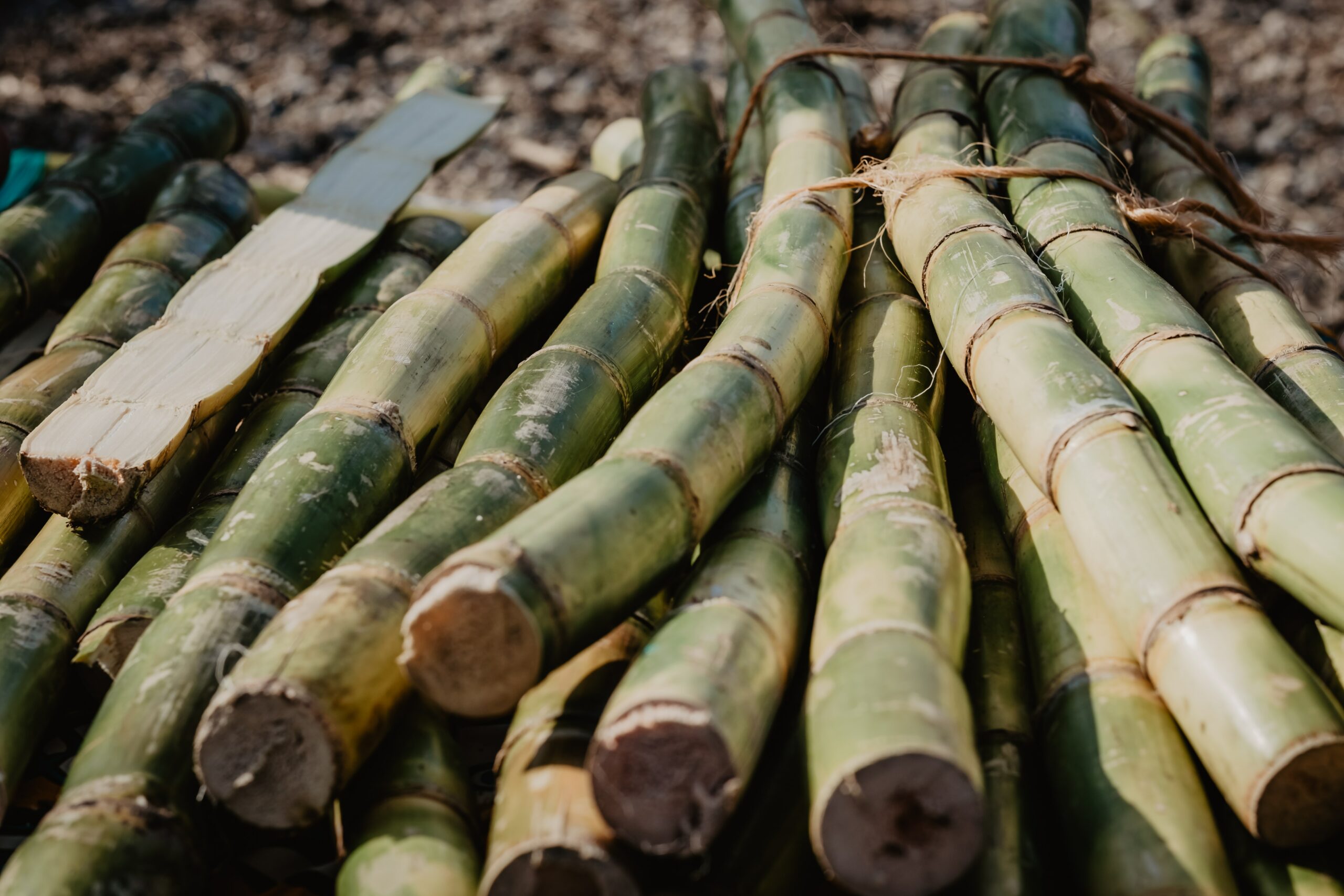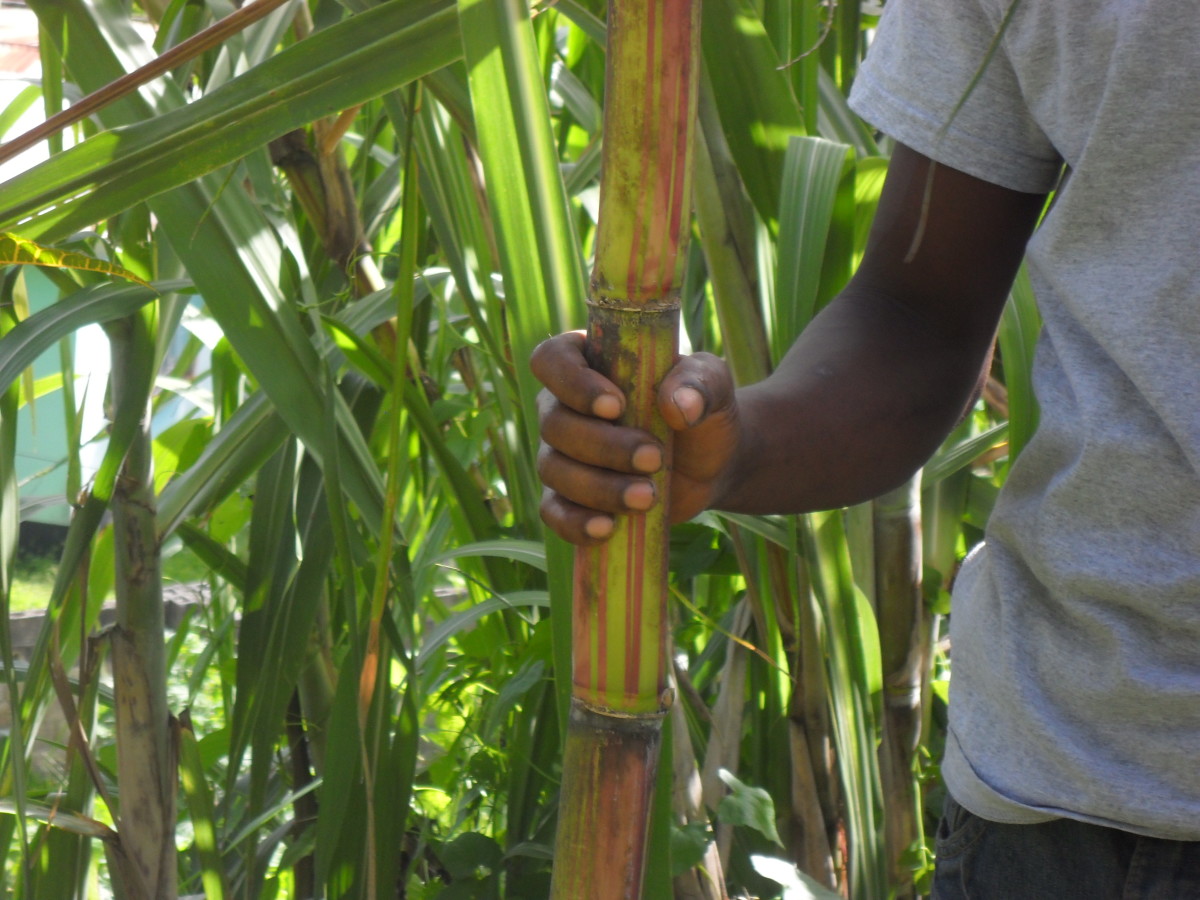All Concerning Sugar Canes: What Are Sugar Canes Utilized For and Their Role in Global Farming?
Sugar walking canes act as a foundation of global agriculture, largely acknowledged for their role in sugar manufacturing. They also add to the development of byproducts like molasses and ethanol. These facets not just sustain numerous sectors yet likewise effect economic stability in rural areas. However, the growing of sugar canes deals with substantial ecological difficulties. Understanding their complex function triggers more expedition into their farming techniques and sustainability efforts.
The Agricultural Process of Sugar Walking Cane Farming
Sugar walking cane growing may vary by region, the basic farming process continues to be constant. The very first step involves choosing high-yielding selections appropriate for regional climates. Prep work of the dirt is crucial, usually calling for husbandry and the addition of plant foods to enhance fertility. Growing typically takes place during the wet period, with farmers making use of either entire stalks or cuttings to develop brand-new crops.As the plants expand, they need thorough treatment, including weed control, bug monitoring, and irrigation, depending upon the ecological conditions. Farmers monitor the sugar cane's development cycle, which typically extends 10 to 24 months, before harvesting. Harvesting is labor-intensive, frequently carried out by hand or with specialized machinery, making certain very little damages to the stalks. Adhering to harvest, the walking cane is carried to processing centers. This thorough cultivation process not only sustains local economic situations however also plays a substantial function in international agricultural techniques, adding to food and energy materials.
Sugar Production: From Walking Stick to Crystal
The trip of sugar production begins the moment freshly collected sugar walking cane comes to refining facilities. The very first step includes cutting the walking cane and cleaning to prepare it for removal. Making use of high-pressure rollers, the juice is removed from the crushed cane, resulting in a pleasant liquid referred to as sugarcane juice. This juice undergoes information, where impurities are eliminated via the enhancement of lime and heat.Next, the clarified juice is concentrated by boiling it down to produce a thick syrup. This syrup is then crystallized by cooling, enabling sugar crystals to develop. The crystallized sugar is separated from the continuing to be syrup, called molasses, via centrifugation.Finally, the sugar crystals are cleaned and dried out, resulting in the acquainted granulated sugar (What Are Sugar Canes Used For). This process changes raw sugar walking stick right into an item that is indispensable to various cooking and industrial applications, highlighting the relevance of sugar in international agriculture
Biofuels and Sugar Canes: A Lasting Future
As the world significantly seeks lasting power services, sugar walking canes have actually become an encouraging source for biofuels. The biomass acquired from sugar walking sticks can be transformed right into ethanol, a renewable fuel option that markedly lowers greenhouse gas emissions compared to nonrenewable fuel sources. This process not just gives a cleaner energy resource yet additionally promotes power freedom for several countries.In addition, sugar walking stick farming supports rural economic climates by creating work in both farming and biofuel manufacturing industries. Making use of sugar walking sticks for biofuel manufacturing likewise encourages farming diversity, which can improve soil health and reduce dependency on single crops. The by-products of sugar walking stick processing can be used for electrical energy generation, furthermore contributing to a lasting energy cycle. As countries venture to meet eco-friendly power targets, sugar walking sticks are poised to play an important function in forming an extra sustainable future in the biofuel landscape.

The Role of Sugar Canes in Beverage Manufacturing
Sugar walking sticks play a considerable duty in beverage production, functioning as a primary component in rum and contributing to the sweetness of lots of sodas. Furthermore, their all-natural juices are made use of in different beverages, improving flavor and allure. This flexibility emphasizes the significance of sugar walking canes in the global drink sector.
Sugar Cane in Rum
Rum production is delicately connected to the cultivation of sugar walking stick, an important plant that provides the essential fermentable sugars required for fermentation. This procedure starts with the extraction of juice from collected sugar canes, which is then either fermented directly or refined into molasses. Yeast is contributed to convert the sugars right into alcohol, leading to a varied series of rum designs, from light to dark varieties. The geographical area where the sugar walking cane is grown greatly affects the flavor profile of the rum, with elements such as soil type and climate playing important functions. Nations like Barbados, Jamaica, and Cuba are renowned for their rum production, mirroring the cultural and historical relevance of sugar walking stick within the international drink sector.
Soft Drinks Sweetener Resource

All-natural Juice Manufacturing Utilizes
Along with its considerable duty in soda manufacturing, sugar walking stick is also essential in the all-natural juice sector. The juice removed from sugar walking cane, recognized as cane juice, is commemorated for its natural sweetness and special flavor account. This juice is typically eaten fresh in numerous areas, especially in tropical nations, where it is enjoyed as a renewing beverage. Additionally, walking stick juice offers as a base active ingredient in a variety of all-natural fruit juices and smoothie mixes, enhancing both taste and dietary value. Its all-natural buildings make it an eye-catching option to man-made sweeteners, appealing to health-conscious customers. On the whole, sugar cane's flexibility in juice manufacturing underscores its value in modern-day beverage offerings worldwide.
Technologies in Sugar Cane Byproducts
Developments in sugar walking stick by-products are paving the method for sustainable options in various industries. Biofuels stemmed from sugar walking stick supply an alternative energy resource, while developments in lasting product packaging are reducing reliance on typical products. These growths highlight the convenience and capacity of sugar walking cane past its key usage in beverage production.
Biofuels From Sugar Walking Stick
How can the byproducts of sugar walking cane add to sustainable power options? The conversion of sugar cane right into biofuels presents an encouraging opportunity for eco-friendly energy. By using the coarse residue, referred to as bagasse, manufacturers can generate bioethanol with fermentation procedures. This bioethanol can act as a lasting option to nonrenewable fuel sources, minimizing greenhouse gas discharges and dependence on non-renewable resources. In addition, molasses, one more byproduct, can be fermented to produce biofuels, optimizing resource effectiveness. The power produced from sugar cane not just provides a cleaner fuel source yet also enhances the general economic viability of sugar manufacturing. By incorporating biofuel production right into their procedures, sugar cane markets can play an essential role in progressing sustainable energy options internationally.
Lasting Packaging Solutions
Sustainable packaging solutions are progressively being developed from sugar walking stick results, showcasing the convenience of this farming staple. Advancements such as naturally degradable plastics originated from bagasse, the fibrous deposit left after juice removal, are acquiring grip. These materials supply an eco-friendly choice to conventional plastics, reducing dependence on fossil gas and decreasing carbon footprints. In addition, sugar cane-based product packaging is compostable, breaking down normally without hurting the environment. Companies are currently exploring these choices to line up with consumer demand for sustainability. As understanding of plastic pollution expands, the adoption of sugar cane-derived product packaging is expected to increase, placing sugar walking canes as a crucial gamer in the change to greener product packaging options in numerous industries.
Economic Influence of Sugar Walking Stick Farming

Sugar walking cane farming has deep roots in many economic situations, its economic impact extends official source far beyond farming production. This crop functions as a substantial income source for countless farmers worldwide, particularly in developing countries where farming is a key income. Sugar walking stick adds to local economies with job creation in handling, cultivation, and harvesting. The sector likewise boosts development in associated sectors such as transportation, equipment production, and food processing.Furthermore, sugar cane is a crucial gamer in worldwide trade, affecting global markets and costs. Nations that produce sugar cane frequently rely on exports to improve their economic security. The spin-offs of sugar walking cane, such as ethanol and molasses, branch out profits streams for farmers and include worth to the agricultural industry. Generally, the economic ramifications of sugar walking cane farming are extensive, affecting not just farmers however also nationwide economies and entire neighborhoods.
Ecological Considerations in Sugar Walking Stick Farming
While sugar cane farming plays a necessary function in several economic situations, it likewise raises considerable ecological issues that can not be forgotten. The substantial use fertilizers and pesticides in sugar walking cane farming typically brings about dirt deterioration and water pollution. Overflow from these chemicals can pollute nearby water bodies, damaging aquatic ecosystems. In addition, the monoculture techniques prevalent in sugar cane farming decrease biodiversity, making ecosystems a lot more vulnerable to pests and diseases.Deforestation is another crucial issue, as land is usually removed to make means for sugar plantations, causing environment loss for wildlife and increased carbon discharges. The high water usage required for sugar walking stick irrigation can stress neighborhood water sources, especially in arid regions. As international need for sugar remains to climb, dealing with these ecological challenges comes to be essential to ensure lasting practices in sugar cane farming.
Often Asked Inquiries
What Are the Nutritional Perks of Sugar Walking Cane?
The dietary advantages of sugar walking stick mostly include its high carbohydrate material, giving energy. In addition, it has vitamins, minerals, and antioxidants that might support general health, though moderation is crucial due to its sugar web content.
Exactly How Does Sugar Cane Affect Citizen Ecosystems?
Sugar cane farming can significantly impact local ecological communities by changing land use, affecting biodiversity, and needing considerable water sources. In addition, it may result in soil destruction and chemical overflow, interfering with bordering environments and wild animals populaces.
What Is the History of Sugar Walking Cane Growing?

Exist Alternatives to Sugar Walking Cane for Sugar Production?
Alternatives to sugar walking stick for sugar production include sugar beetroots, corn, and numerous tropical plants like sorghum and agave (What Are Sugar Canes Used For). These crops supply varied resources of sweet taste, each with distinct growing demands and environmental effects
Exactly How Do Climate Patterns Impact Sugar Cane Returns?
Weather patterns significantly influence sugar walking click resources cane yields through temperature changes, rainfall amounts, and seasonal cycles. Drought or extreme rains can prevent growth, while excellent conditions boost photosynthesis, ultimately influencing the amount and top quality of the harvest. The journey of sugar production starts the moment freshly harvested sugar walking stick gets here at processing centers. The crystallized sugar is divided from the go to website continuing to be syrup, understood as molasses, with centrifugation.Finally, the sugar crystals are washed and dried, resulting in the familiar granulated sugar. Rum manufacturing is delicately connected to the cultivation of sugar walking stick, an important plant that gives the needed fermentable sugars needed for fermentation. Furthermore, the monoculture methods prevalent in sugar walking stick farming reduce biodiversity, making environments more susceptible to pests and diseases.Deforestation is one more vital concern, as land is usually removed to make means for sugar vineyards, leading to habitat loss for wild animals and increased carbon emissions. Alternatives to sugar walking cane for sugar manufacturing consist of sugar beetroots, corn, and different exotic plants like sorghum and agave.
Comments on “What Are Sugar Canes Used For in the Philippines? Local Insights and Benefits”